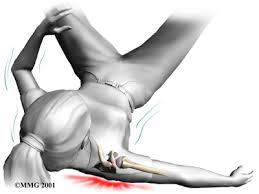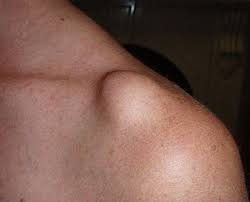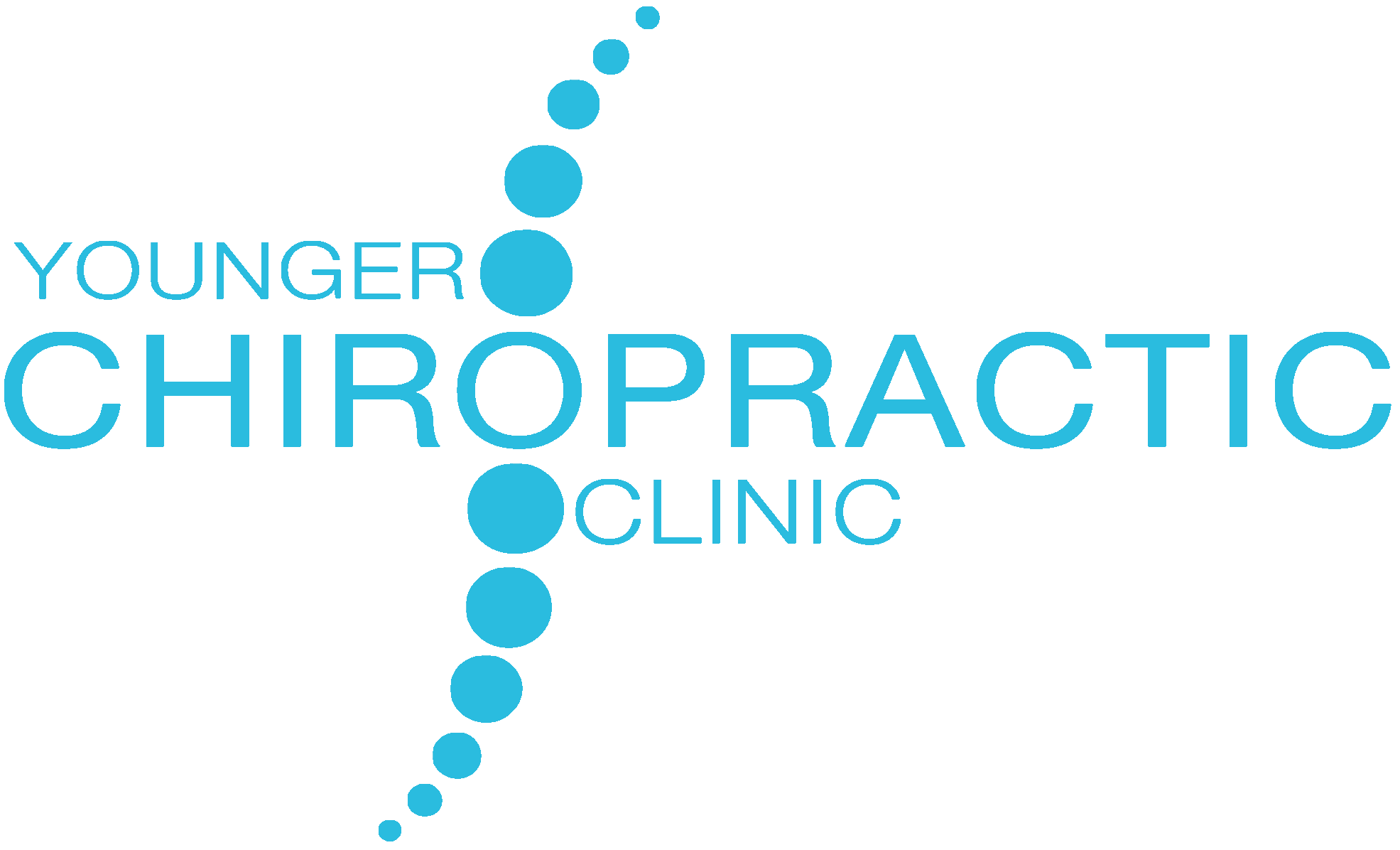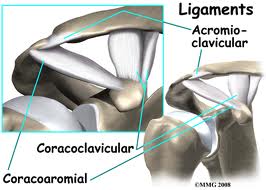So in recovery phase from Ironman 70.3 in Mallorca ( amazing race), on a recovery bike ride into Wales the group decide on Hope mountain…a little ambitious 2 weeks post race. The climb hard but on the descent poor condition roads led to a four bike pile up in which I separated my AC joint. Disaster!!
I have treated and do treat many injured athletes and have experienced inury from the practitioner side however it is very different being the inured party.
So 5 days post surgery unable to train or work, slightly dozy still on painkillers (please note not all AC joint injuries require surgery, most recover without surgery) sat with my laptop I have decided to write a few blogs on triathlon injuries that I see in the clinic. So to start with something very real to me at the moment…AC joint injury!
AC JOINT
This is common triathlon inury, unfortunately we seem prone to being knocked off, as well struggle with those clip ins from time to time!
The collarbone and the shoulder blade are connected by a joint called the acromioclavicular, or AC, joint.
The joint is partly filled with a thick pad of cartilage, known as the meniscus, wich allows the joint to move. The AC joint is stabilised by its capsule and additional ligaments (coraco-acromial and coracoclavicular ligaments). As shown the acromiclavicular ligament runs from the coracoid process to the acromion. The Coraco-clavicular ligament which is actually made up of two ligaments the trapezoid and conoid attach from the coracoid to the clavicle. The role is to keep the clavicle attached to the scapula and keep the shoulder square. Varying degrees of injury can occur at the AC joint. A shoulder separation describes a condition in which these ligaments are partially or completely torn.
The “separation” occurs when a sharp blow or a fall causes the collarbone to move away from the upper portion of the shoulder blade typical of a road bike injury in triathlon. 
The Classification of AC Joint injury
AC joint injury can be broken down into 6 classifications.
- AC ligament sprain, AC joint intact, CC ligaments intact, Deltoid, Trapezius intact.
- AC joint disruption, slight vertical separation of AC joint. CC ligament sprain, CC distance wide, Deltoid and Trapezius intact.
- AC ligament disruption,AC oint dislocated, CC ligaments torn, CC distance 25 to 100% > than normal side, Deltoid, Trapezius may be detached.
- AC ligament disruption, AC joint dislocated, clavicle displaced posteriorly into Trapezius, CC ligaments completely torn, Deltoid, Trapezius detached from distal clavicle.
- AC ligament disruption, AC joint dislocated, CC ligaments completely torn,CC distance 100>300% more than normal side. Deltoid, Trapezius detached from distal half of clavicle.
- AC ligament disruption, AC joint dislocated, CC ligaments completely torn, Clavicle in subcoracoid position, Deltoid, Trapezius detached from distal half of clavicle.
From the literature available surgery is rarely performed on any injury from grade 1 to 3. They have found most people cope with their injury and at 6 months the outcome is often similar although without surgery the classic step deformity is noted of the shoulder, however this is not deemed an appropriate reason for surgery.

As a general rule the AC joint will be assessed and with grades 1-3 a sling along with pain relief medication is recommended and in cases where appropriate Chiropractic treatment is extremely useful to help address function in the surrounding structures and promote healing. At Younger Chiropractic Clinic we also use taping techniques which provide support to the joint during healing. At 3 weeks if symptoms are improving gradual return to sport and activity often complimented with chiropractic is recommended. If no significant improvement at 3 weeks early stabilisation may be considered depending on type of injury and the long term activities of the patient. As a general rule by 3 months there should have been return to sport with minimal symptoms. If not, again surgery may be considered.3 month review: In cases of grade 5( which I did) and 6 which are very displaced these are usually always repaired with surgery to stabilise. There are many different procedures to reduce and stabilise the AC Joint. The procedure choice will depend on a number of factors, mainly based on your surgeon’s experience and training. For myself I had a MINAR stabilisation. Writing this article I am 1 week post surgery and so far so good! Lots of rehabilitative exercises ahead for me. With any shoulder injury it is extremely important that a correct rehabilitation program is carried out which can be given to you by a Chiropractor. Should you be suffering with injury and wish to consult one of our Chiropractors please do not hesitate to contact us on 0151 648 7878 (Wirral).
Alternatively visit our website on www.wirralchiropractor.co.uk


